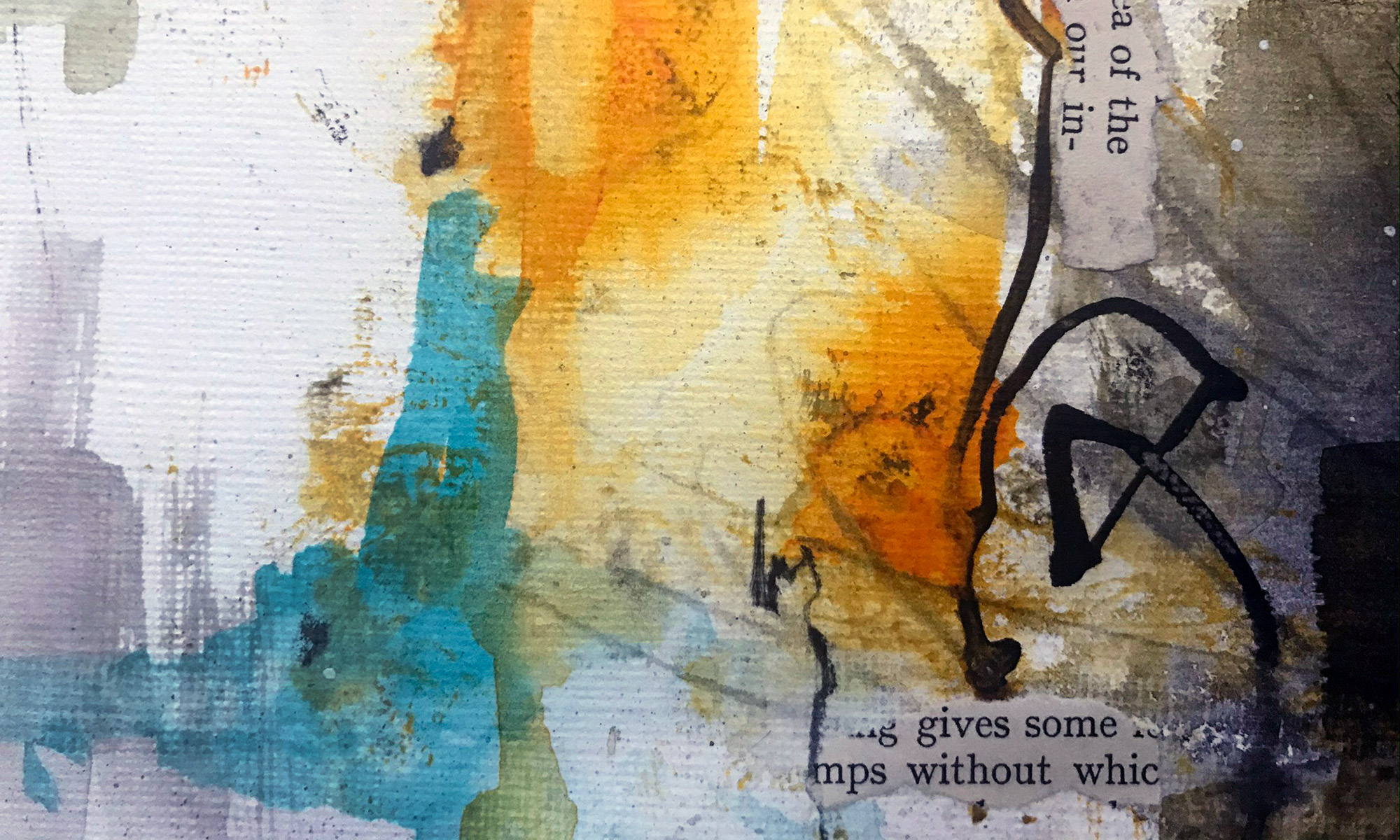
When I went to a local junk shop to buy a mid-century sideboard, I spotted another glass-top garden table. I do love these. I don’t think they are much to look at in their original state but they are perfect for adding a touch of mosaic decoration!

As the table was circular, I wanted to create a mandala-style design.
I began by placing tiles around the edge of the table to create a border, varying the colours with each row. I then located the centre of the table, divided the circle into eight segments and began to fill out the pattern; playing with different shapes, sizes and colours to develop contrast and balance in the pattern.

I always like to use broken mirror in my work; I love the way light reflects on the broken pieces. The effect is magnified when the table is in the garden as it mirrors its surroundings and twinkles in the sunlight.

Once I’d finished cutting the mirror pieces and positioning all the mosaic tiles, I used a tile adhesive to stick each piece down.
The next step was to grout the tiles. I prefer to use a dark grey grout, rather than white, to give a dramatic contrast against the colourful tiles.

I used a powder grout that when mixed with water becomes water and frost resistant. I mixed it to a slightly fluid solution and used a palette knife, making sure the grout filled all of the gaps.
Once the grout had begun to set I used a damp cloth to wipe over the tiles to clean off the excess. The grout was left to dry overnight and then I polished the tiles using a clean cloth and scraped off any excess grout from the edges of the tiles.

This is the finished table…

























